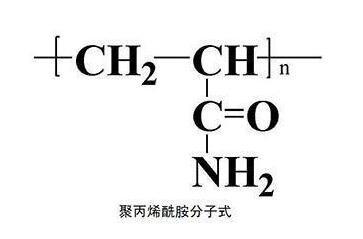
As a leading manufacturer specializing in the production of polyacrylamide, Tai Ran Chemical is committed to providing high-quality polymer solutions. In this blog, we delve into the intricacies of polyacrylamide's molecular structure to help you gain a deeper understanding of this versatile polymer.
Polyacrylamide, often abbreviated as PAM, is a synthetic water-soluble polymer. Its fundamental structure consists of repeating units, or monomers, that link together to form long chains. The key monomer in polyacrylamide is acrylamide, which has the following chemical structure:

This acrylamide monomer serves as the building block for polyacrylamide's polymer chains. When these monomers polymerize, they create a linear or branched structure, depending on the polymerization process and other factors.
Polyacrylamide's versatility comes from its ability to be modified in various ways, leading to different types of PAM with distinct properties. Some common structural variations include:
Linear vs. Cross-Linked: Polyacrylamide can exist in a linear form, where the polymer chains are not connected, or in a cross-linked form, where the chains are chemically bonded. Cross-linked PAM is used in applications where greater structural integrity is required.
Ionic vs. Non-Ionic: Depending on the presence of charged groups, polyacrylamide can be categorized as ionic (containing anionic or cationic groups) or non-ionic (no charged groups). Ionic PAM is often used for its flocculation and coagulation properties in water treatment.
Understanding the structure of polyacrylamide is essential for tailoring its properties to specific applications. Some key applications include:
Water Treatment: The ability of PAM to flocculate and coagulate impurities in water makes it invaluable for purifying drinking water and treating wastewater.
Soil Conditioning: In agriculture, polyacrylamide is used to improve soil structure, increase water retention, and reduce erosion.
Enhanced Oil Recovery: The petroleum industry employs PAM to increase oil production by altering the properties of reservoir fluids.
At Tai Ran Chemical, we produce a wide range of polyacrylamide products with different structures to meet diverse industrial and environmental needs. Our expertise in polymer chemistry ensures that you receive the highest quality solutions for your specific requirements.
If you'd like to delve deeper into the nuances of polyacrylamide structure or explore tailored polymer solutions, please don't hesitate to contact us. We are dedicated to providing you with the best polymer products and services.